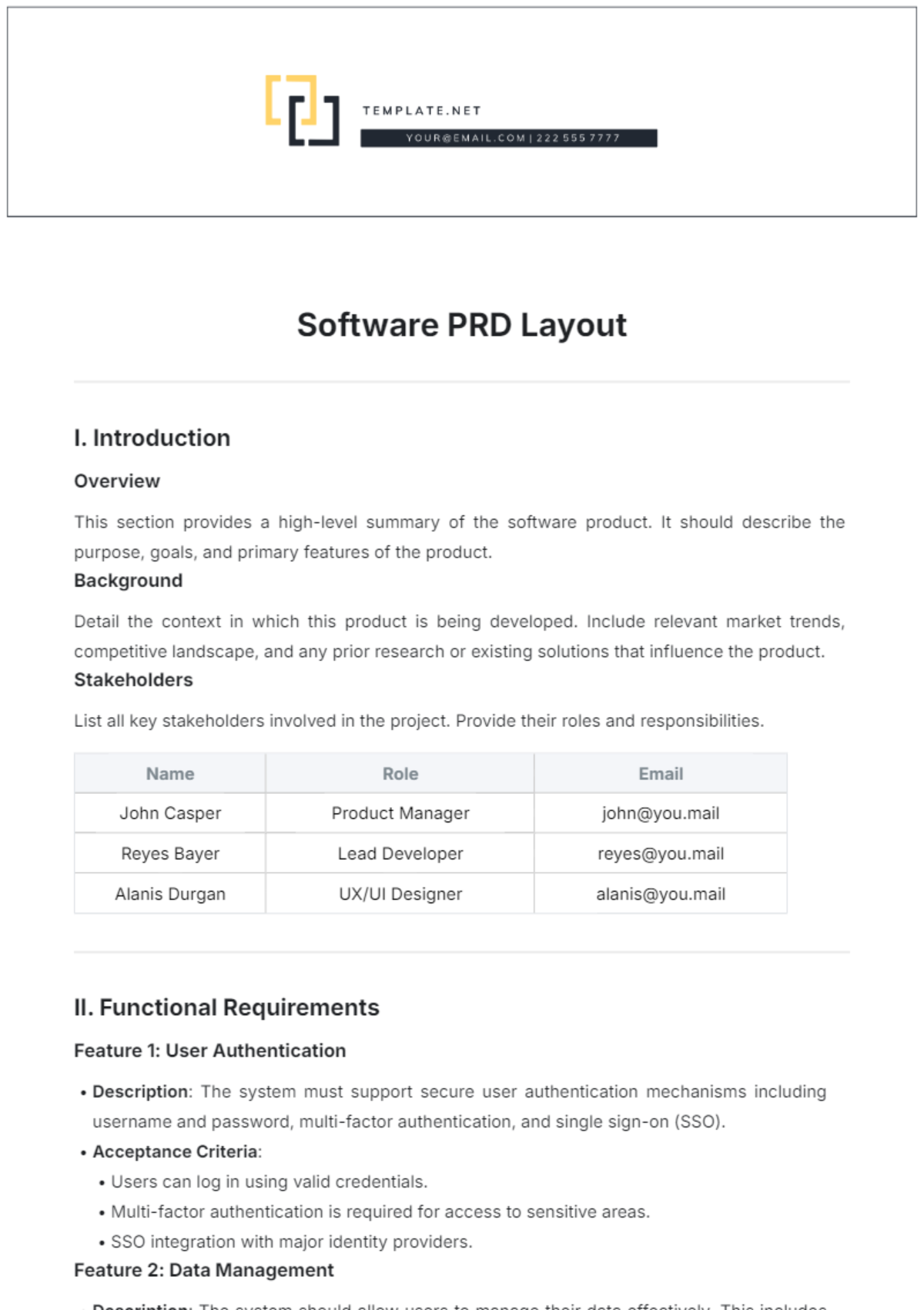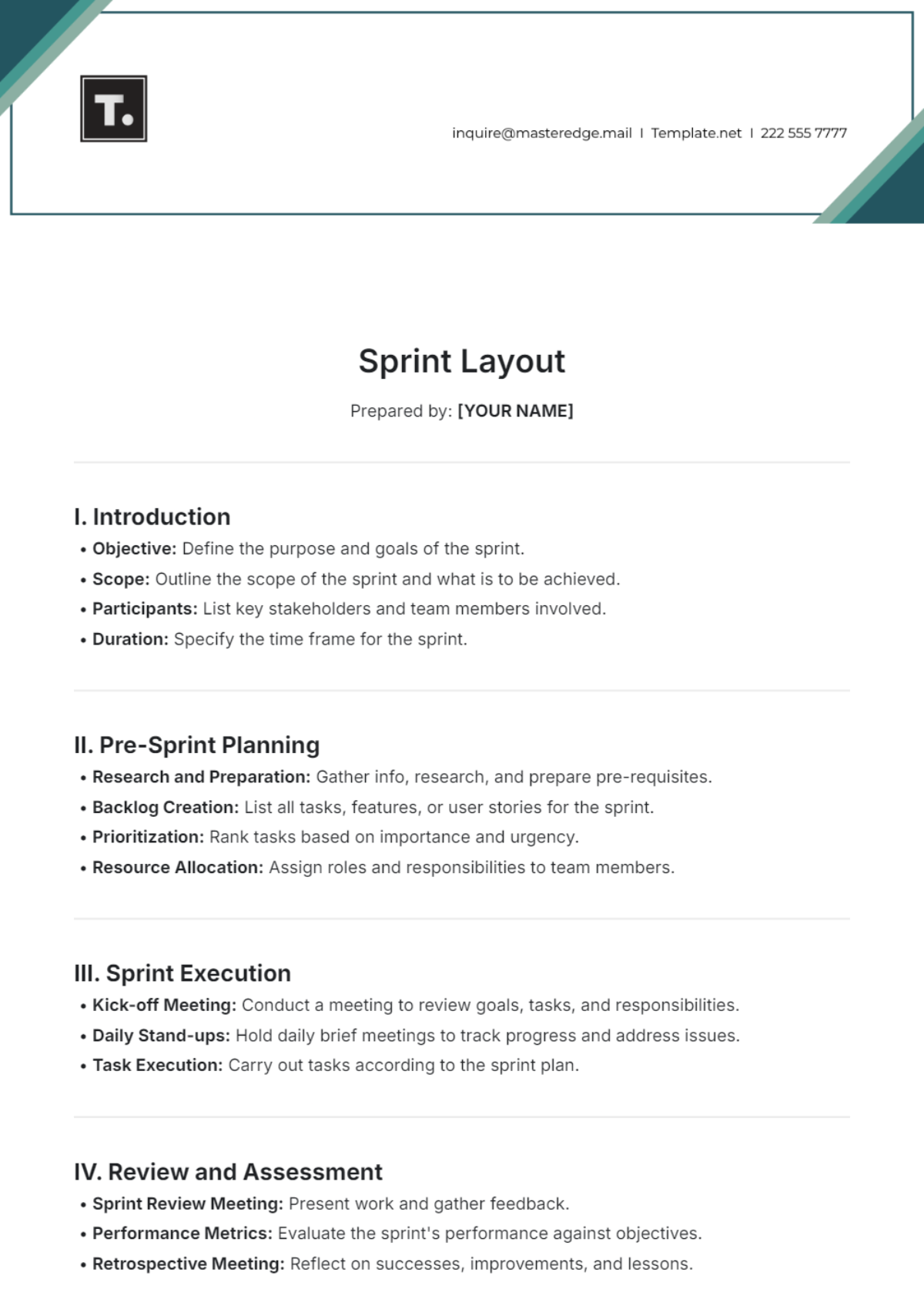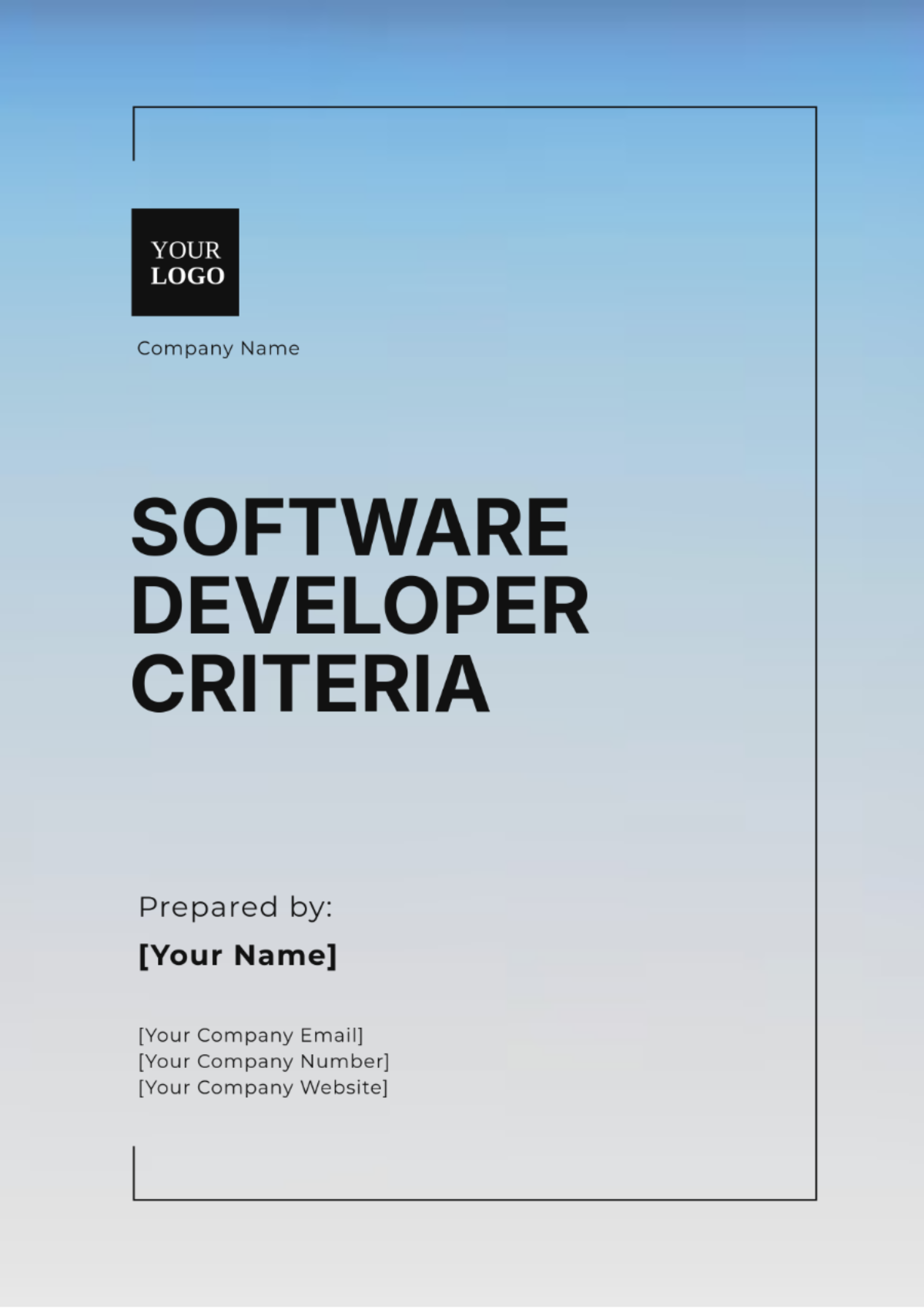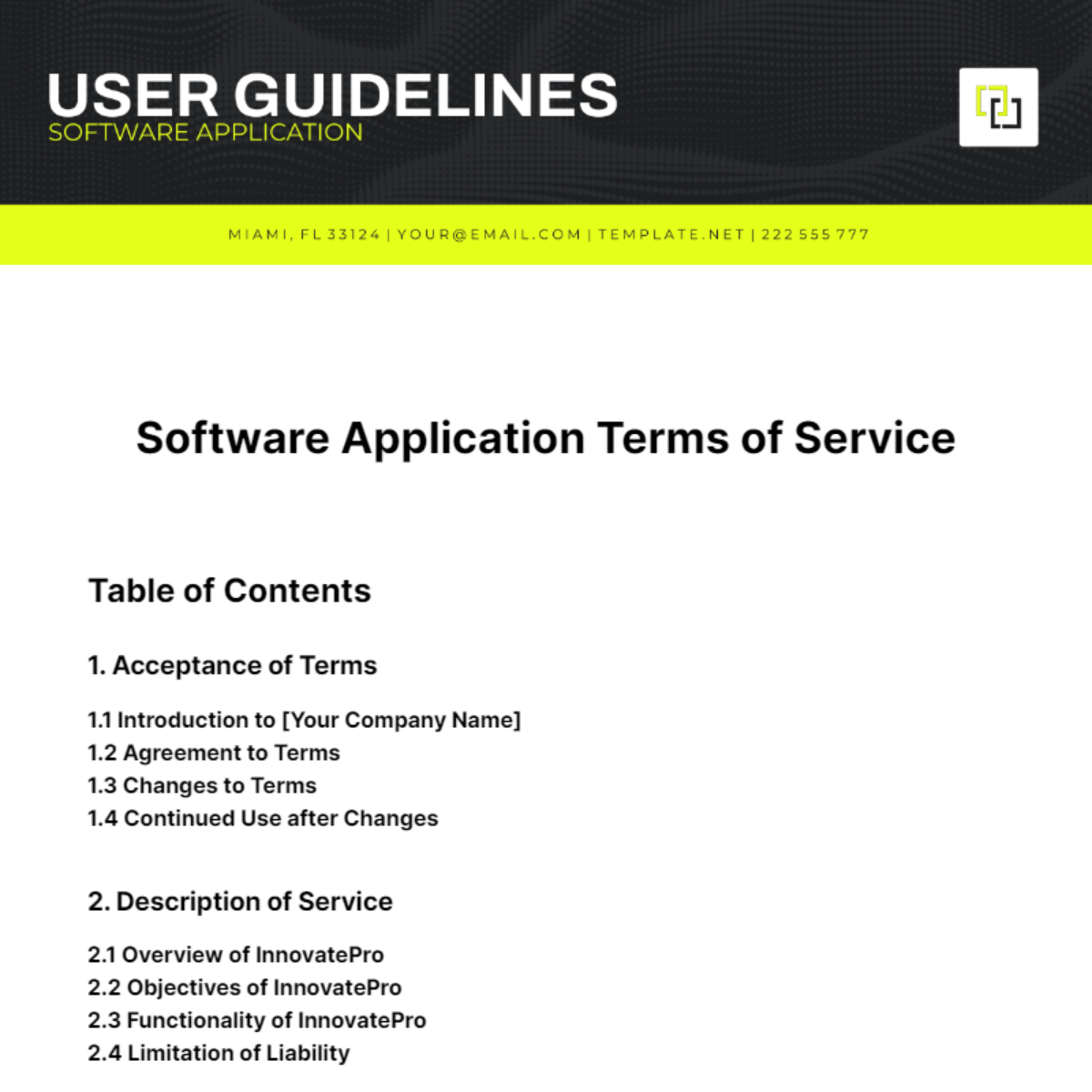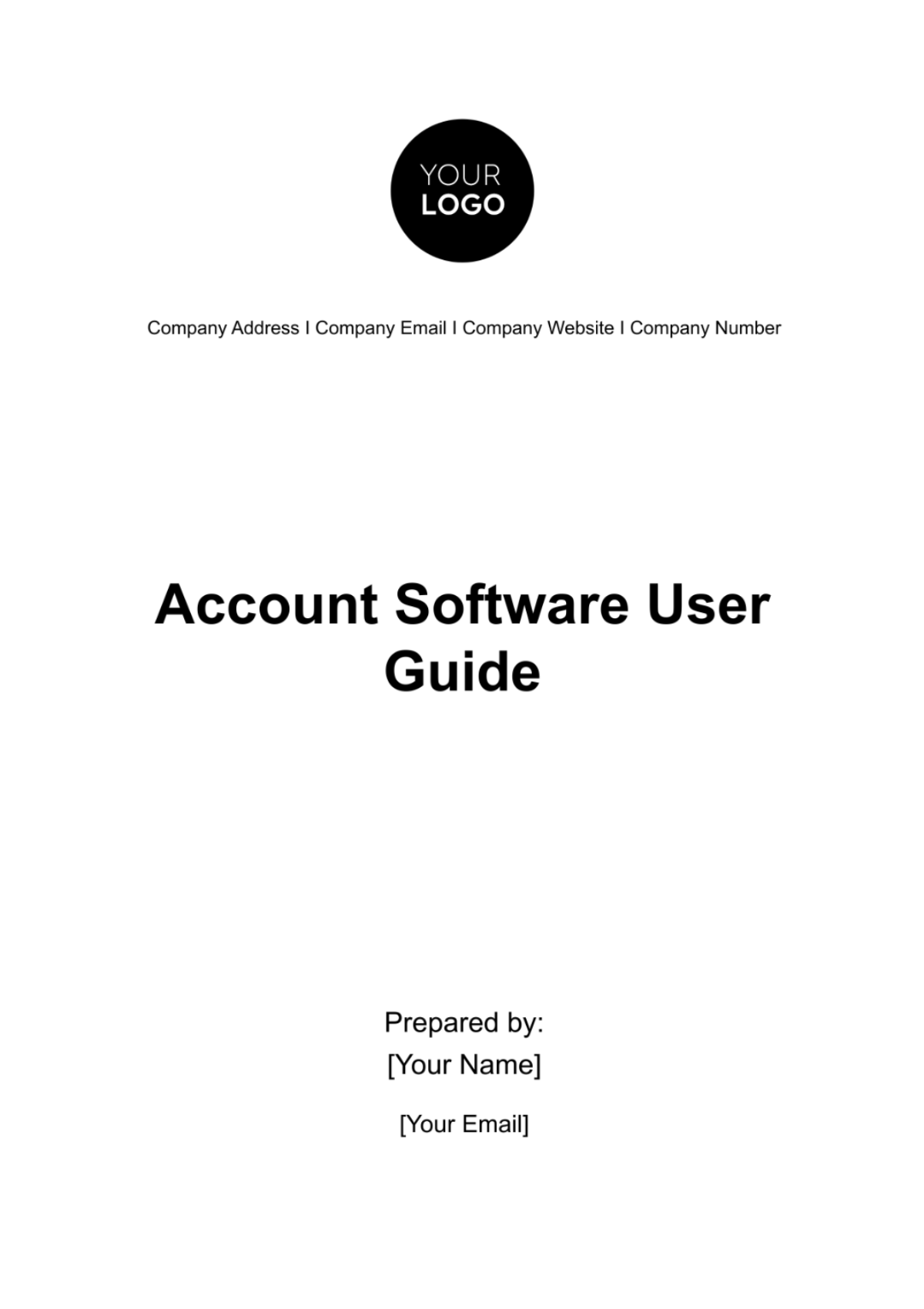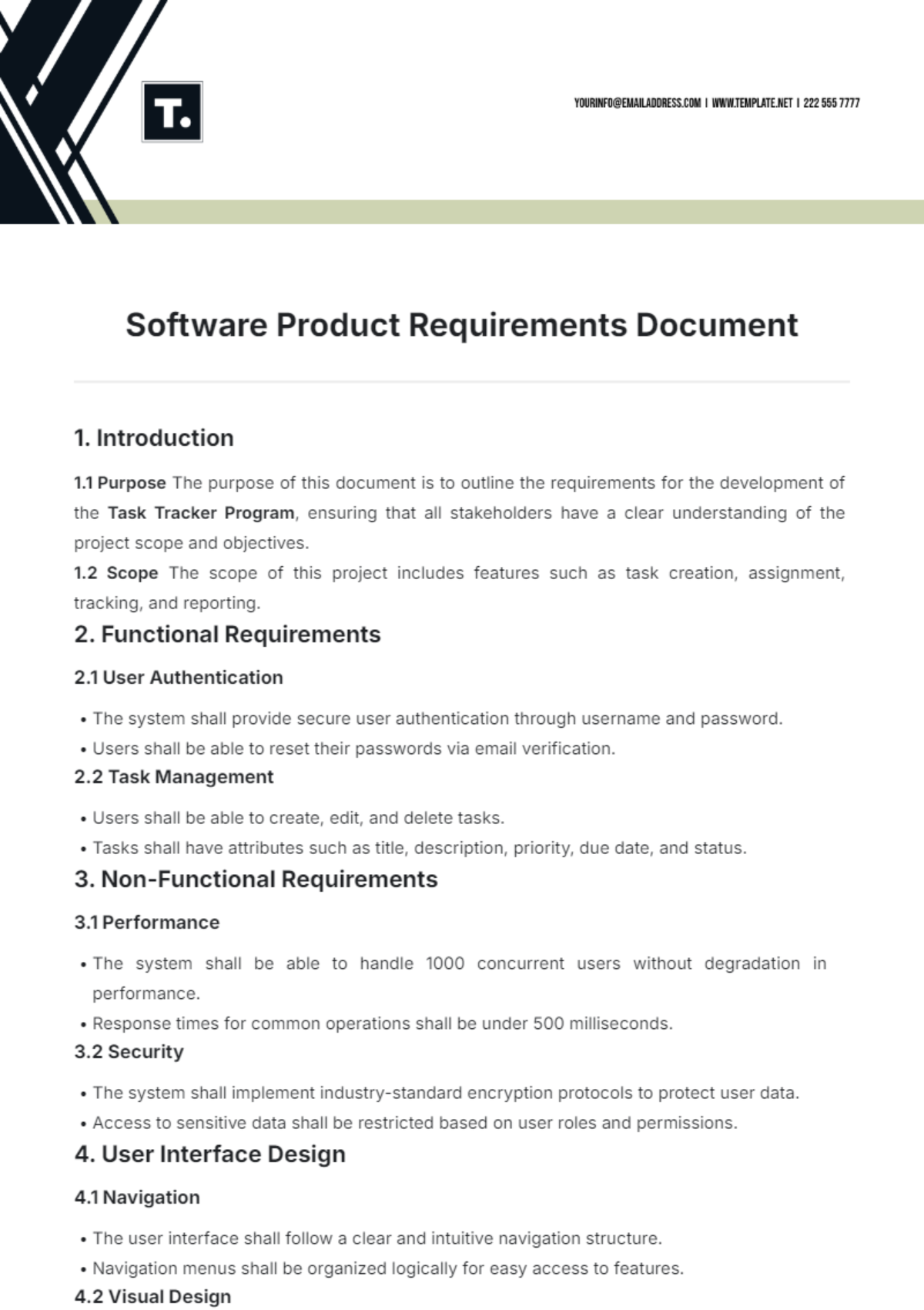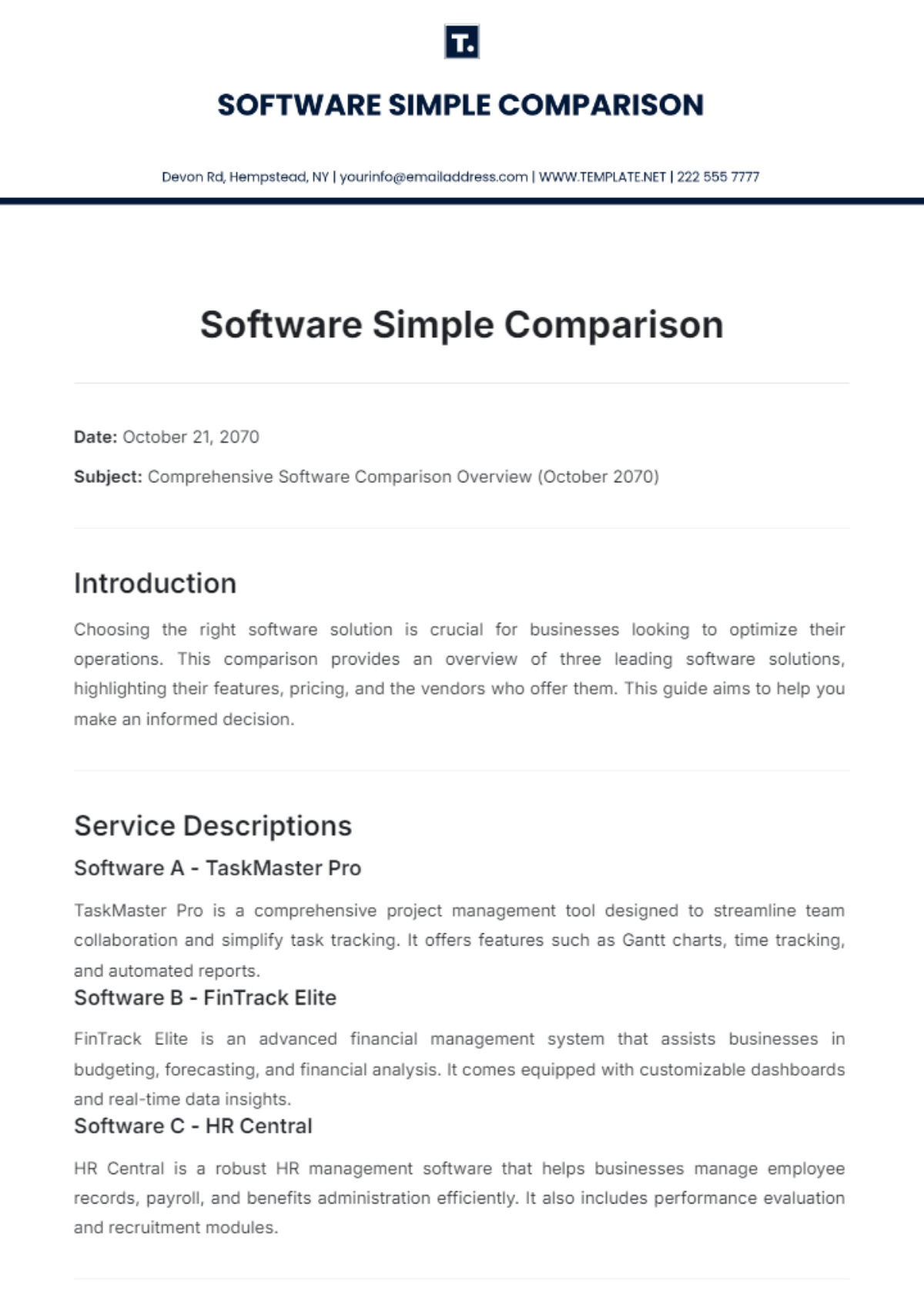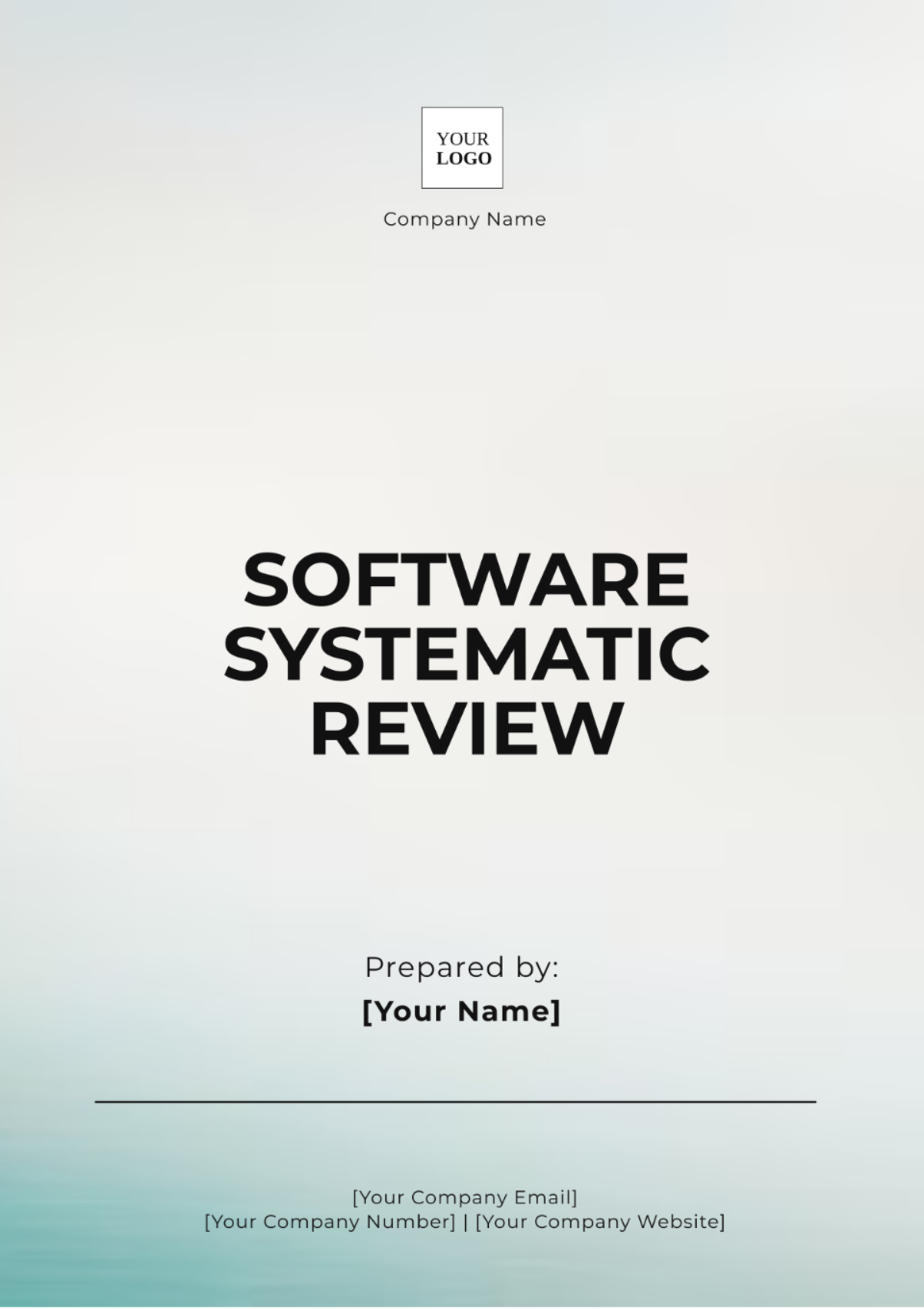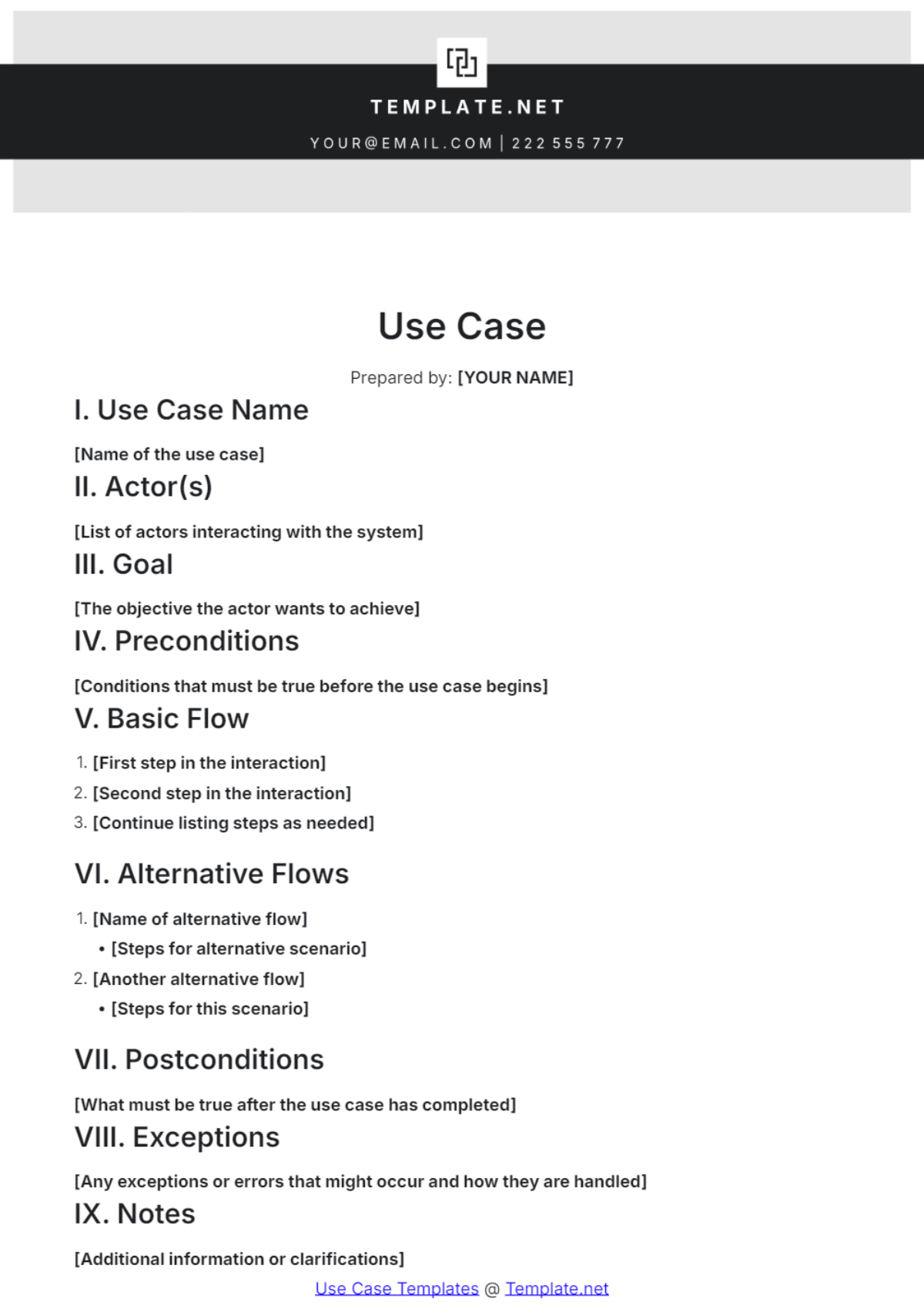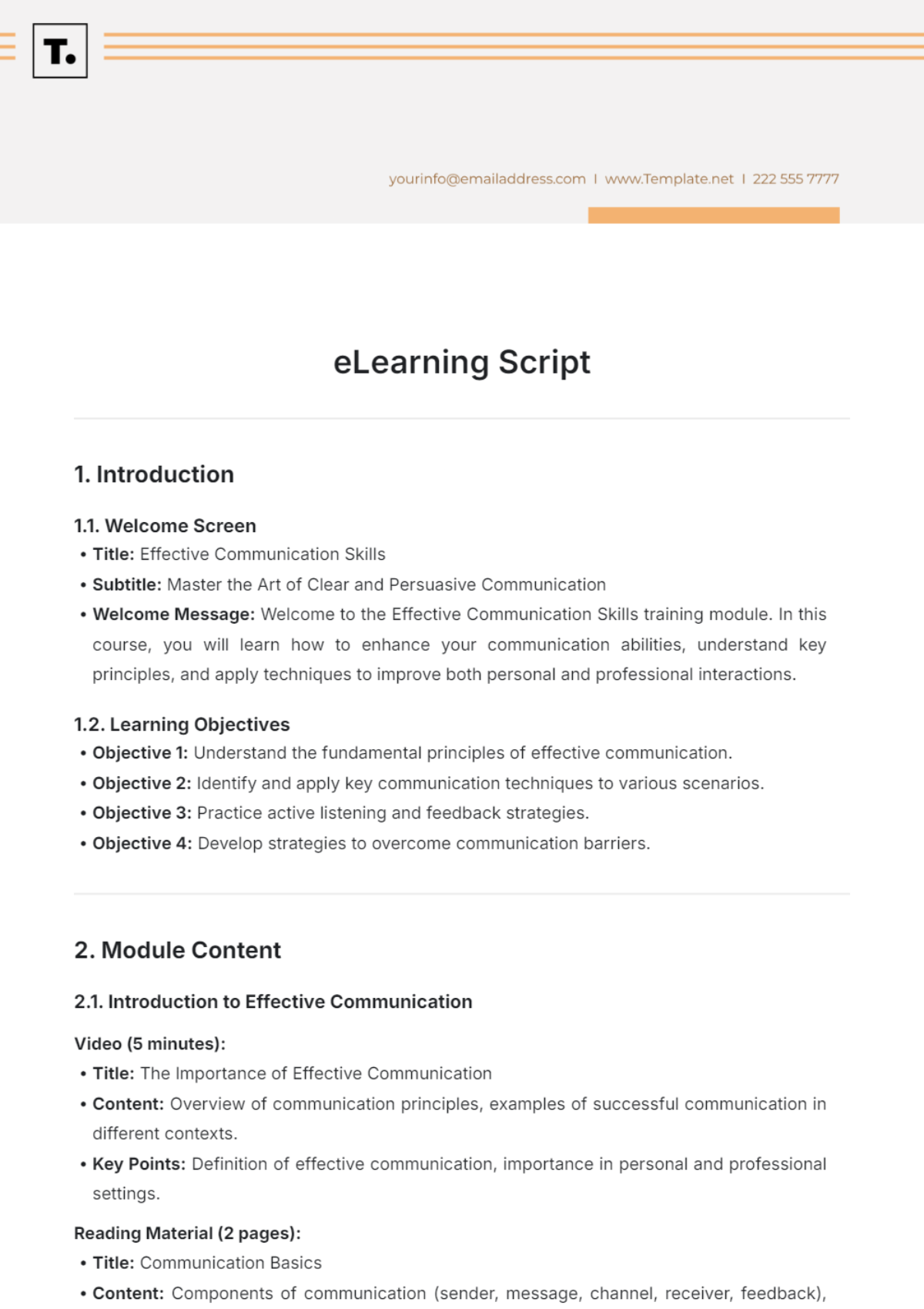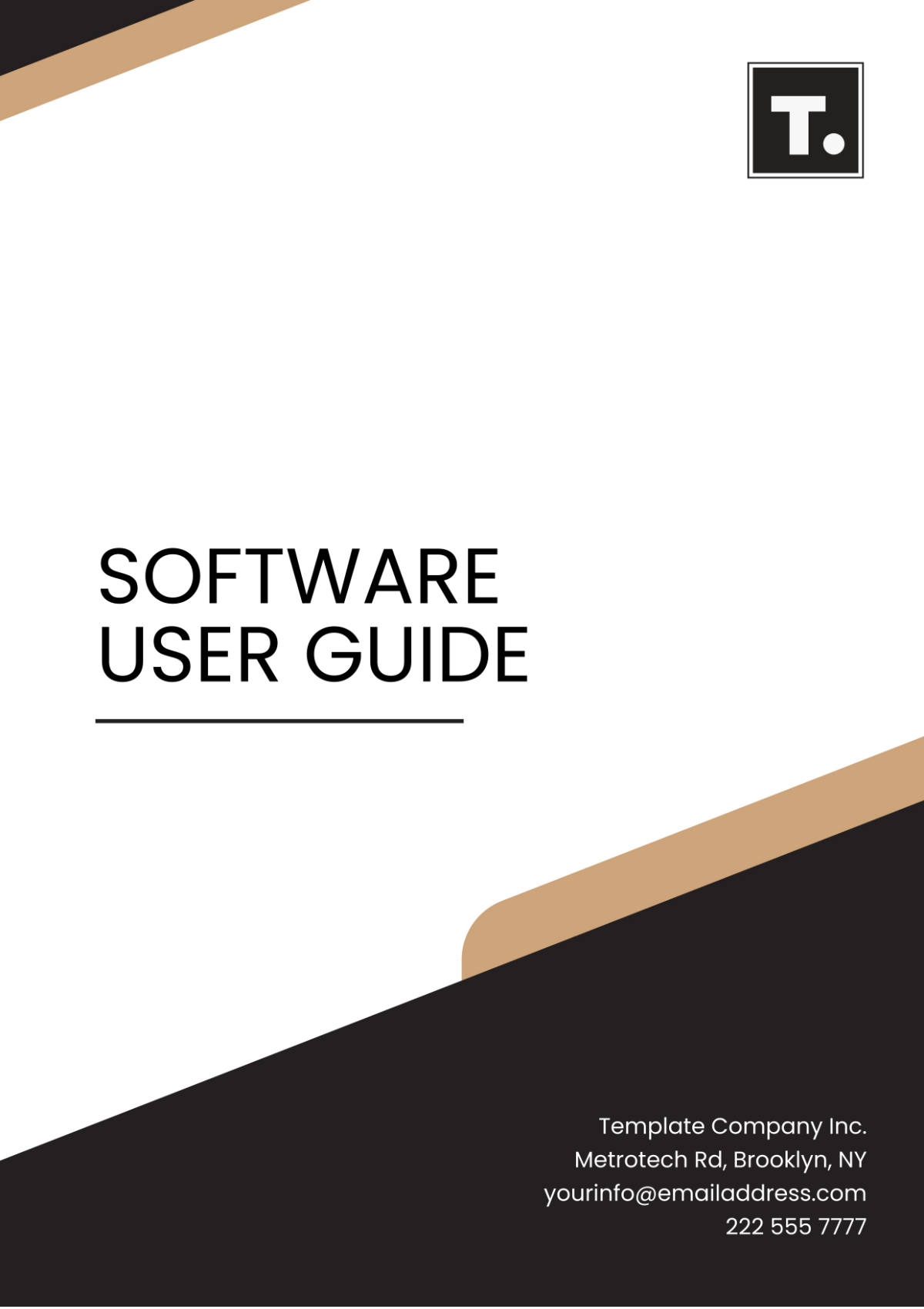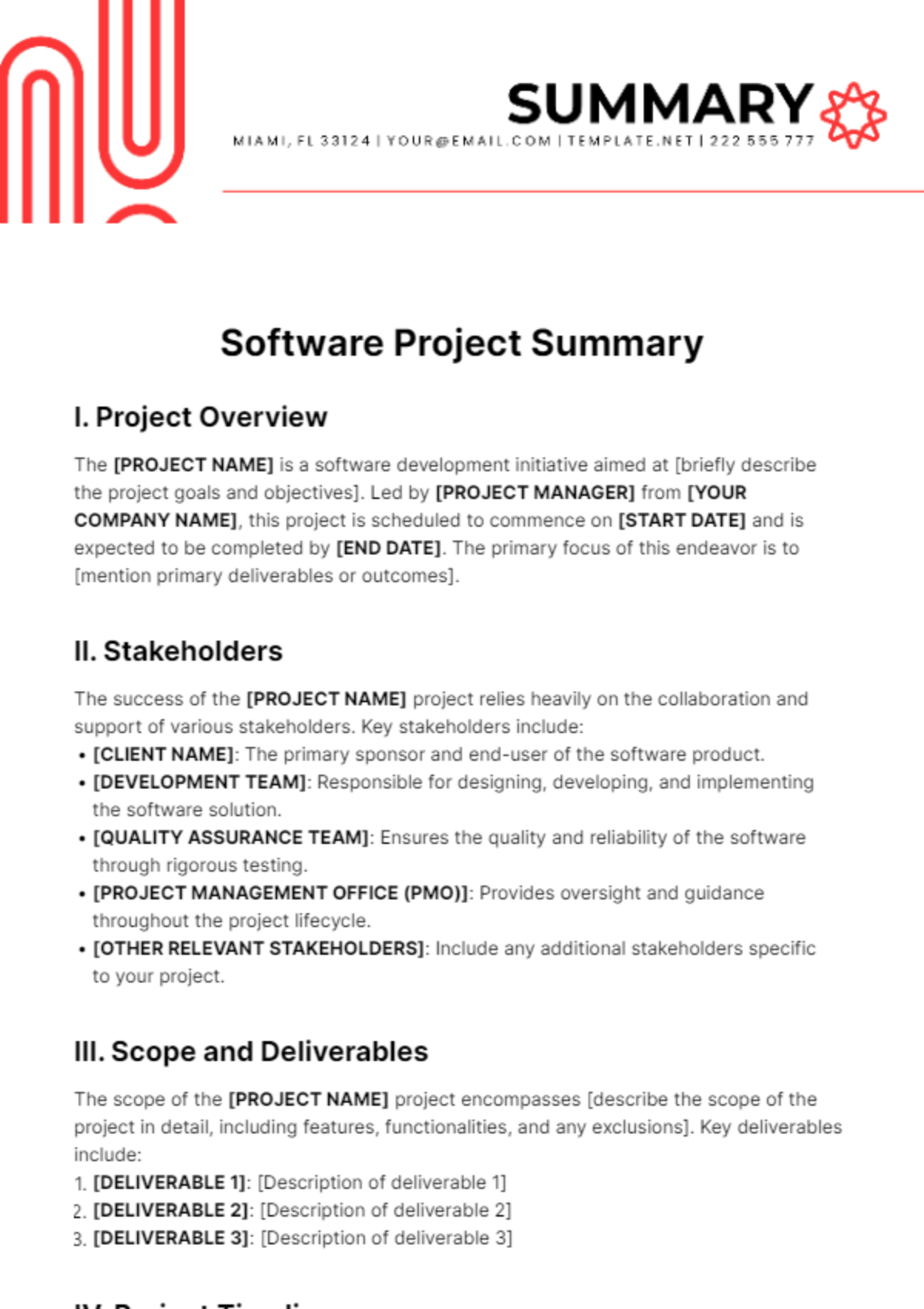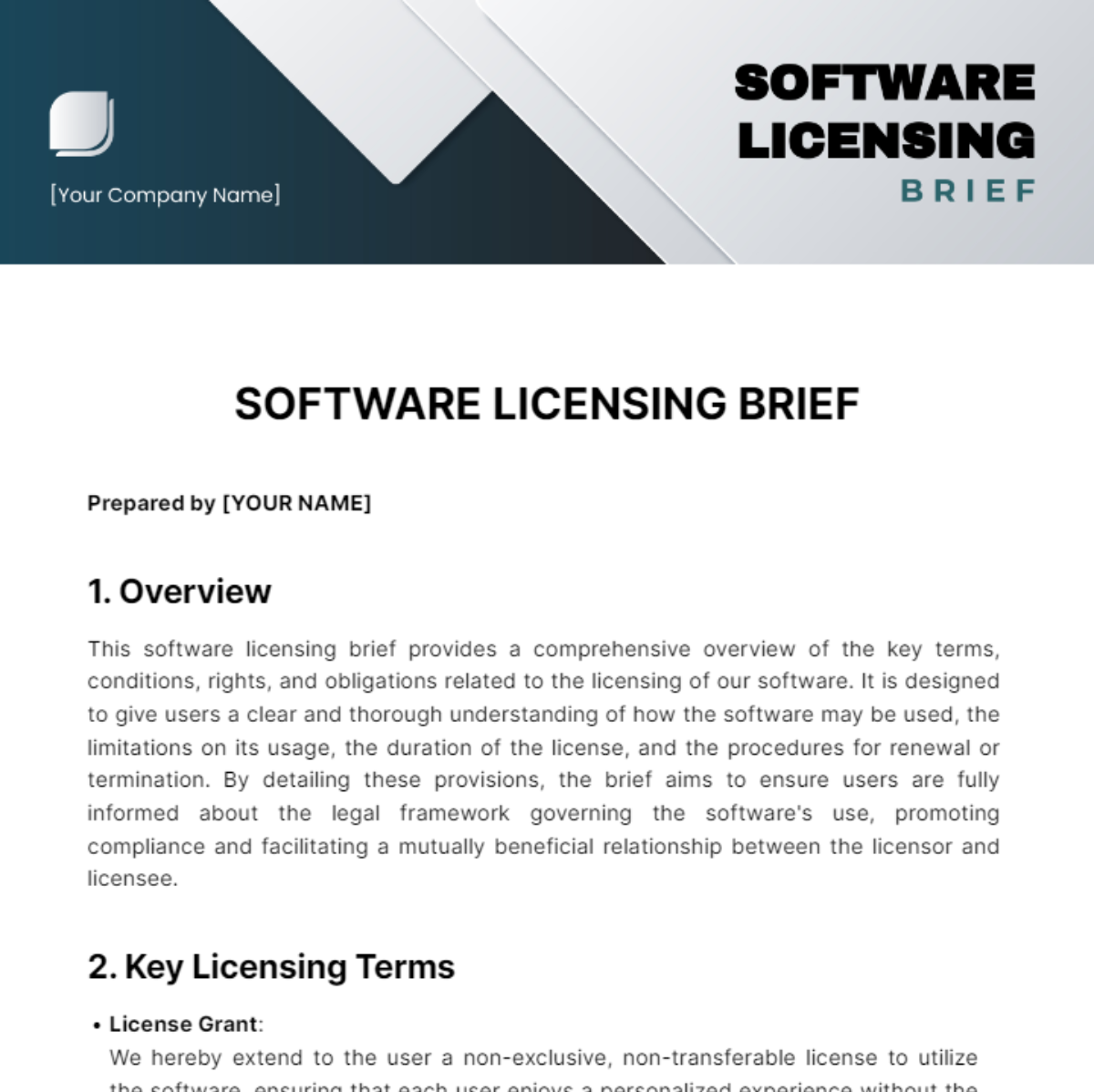Software Testing Methodology
Prepared by: [Your Name]
Date: [Date]
1. Introduction
The Software Testing Methodology provides a comprehensive framework for ensuring that software applications meet their requirements and function correctly. This methodology outlines the processes, techniques, and best practices for conducting thorough testing throughout the software development lifecycle.
2. Scope
The scope of this methodology defines the boundaries and focus areas for testing:
2.1 In-Scope
Functional Testing: Verification of the software's functionality against requirements.
Performance Testing: Assessing the software's performance under various conditions.
Security Testing: Evaluating the software's security measures and vulnerability.
Usability Testing: Ensuring the software is user-friendly and meets user experience standards.
Compatibility Testing: Checking the software’s compatibility with different environments and platforms.
2.2 Out-of-Scope
Hardware Testing: Testing of physical hardware components.
Non-functional Requirements: Testing of requirements outside the core functionalities (unless specified).
3. Testing Strategy
The testing strategy outlines the overall approach to testing, including methodologies and techniques to be used:
3.1 Testing Approaches
Manual Testing: Hands-on testing executed by testers without the use of automated tools.
Automated Testing: Use of software tools to execute tests automatically and efficiently.
3.2 Testing Types
Unit Testing: Testing individual components or functions of the software to ensure they work as expected.
Integration Testing: Verifying the interactions between integrated components to ensure they function together.
System Testing: Testing the entire system as a whole to ensure it meets the specified requirements.
Acceptance Testing: Validating the software against user requirements and acceptance criteria.
Regression Testing: Ensuring that new changes do not adversely affect existing functionalities.
4. Test Planning
Test planning involves creating detailed plans to guide the testing process:
4.1 Objectives
Define the primary goals of testing.
Ensure alignment with project requirements and stakeholder expectations.
4.2 Resources Required
Personnel: Testers, test managers, and other QA team members.
Tools: Testing tools and environments needed for execution.
Environment: Hardware and software setups are required for testing.
4.3 Test Schedule
Milestones: Key dates for the completion of different testing phases.
Timelines: Detailed schedule for the execution of test cases and overall testing activities.
5. Test Design
Test design involves creating test cases and scenarios based on requirements:
5.1 Test Cases
Structure: Each test case should include test ID, description, preconditions, steps, expected results, and actual results.
Coverage: Ensure test cases cover all functional and non-functional requirements.
5.2 Test Scenarios
Definition: High-level descriptions of testing scenarios that outline various user interactions and system responses.
Variations: Include different conditions and data inputs to validate robustness.
5.3 Test Data
Sources: Define where test data will come from, including production data, synthetic data, or data generated by test tools.
Preparation: Ensure data is representative of real-world conditions and meets the needs of the test cases.
6. Test Execution
Test execution details how tests are carried out and managed:
6.1 Execution Process
Preparation: Set up the testing environment and ensure all necessary tools and data are in place.
Execution: Follow the test cases and scenarios to perform tests.
Documentation: Record results, including any deviations or issues encountered.
6.2 Test Environments
Setup: Details of the test environment configurations, including software versions and hardware specifications.
Maintenance: Regular updates and maintenance of the test environment to reflect changes in the software or infrastructure.
7. Defect Management
Defect management involves identifying, reporting, and handling defects discovered during testing:
7.1 Reporting
Process: Steps for documenting and reporting defects, including the use of defect tracking tools.
Information: Required details include defect ID, description, severity, steps to reproduce, and screenshots or logs.
7.2 Tracking
Status: Monitor the status of defects from discovery to resolution.
Prioritization: Assign priorities based on the impact and severity of the defect.
7.3 Resolution
Fixes: Coordination with development teams to address and resolve defects.
Verification: Retesting to ensure that fixes are effective and do not introduce new issues.
8. Reporting
Reporting provides a summary of testing activities and results:
8.1 Test Results
Summary: High-level overview of test outcomes, including pass/fail rates and defect summaries.
Detailed Reports: In-depth analysis of individual test cases, scenarios, and defects.
8.2 Documentation
Test Logs: Detailed records of test execution, including steps taken and results obtained.
Metrics: Performance metrics, such as test coverage, defect density, and execution times.
9. Review and Closure
Review and closure involve finalizing the testing phase and preparing for release:
9.1 Review
Evaluation: Assess the effectiveness of the testing process and identify areas for improvement.
Feedback: Collect feedback from stakeholders and team members to refine future methodologies.
9.2 Closure
Final Documentation: Complete and archive all testing documentation, including test cases, results, and defect records.
Release: Ensure all testing activities are concluded and the software is ready for deployment or release.
